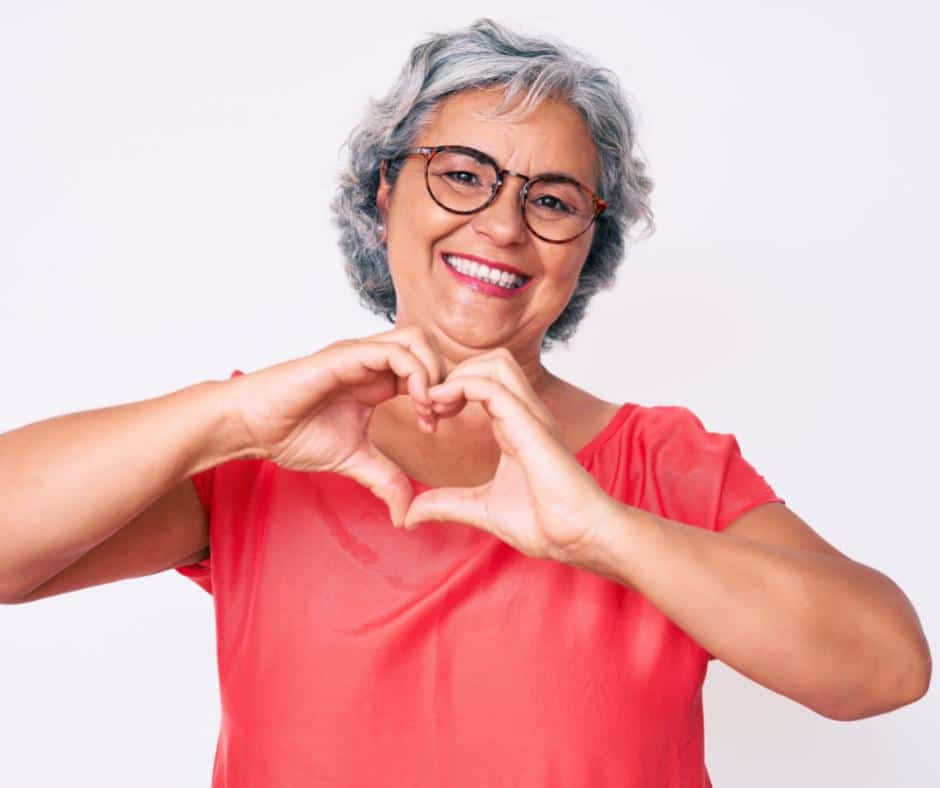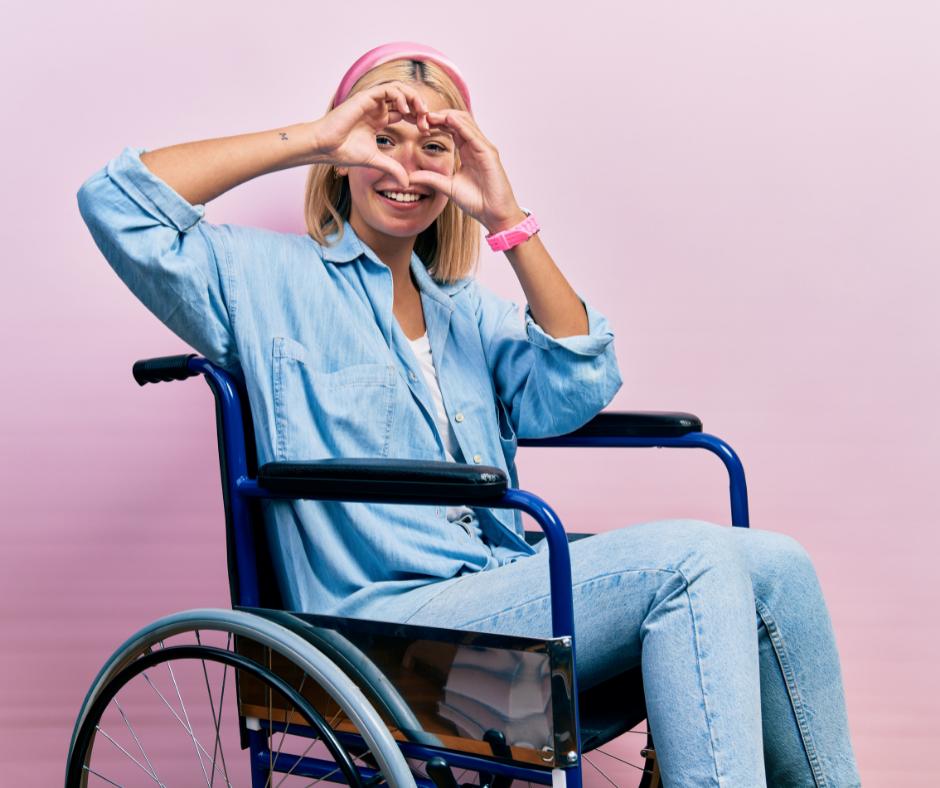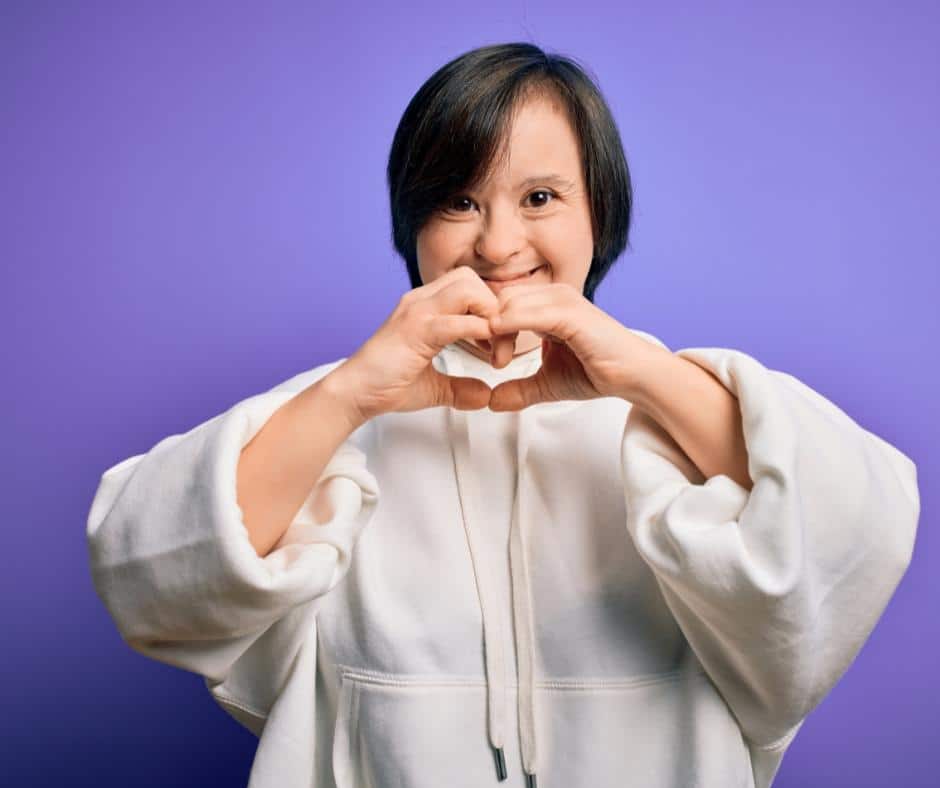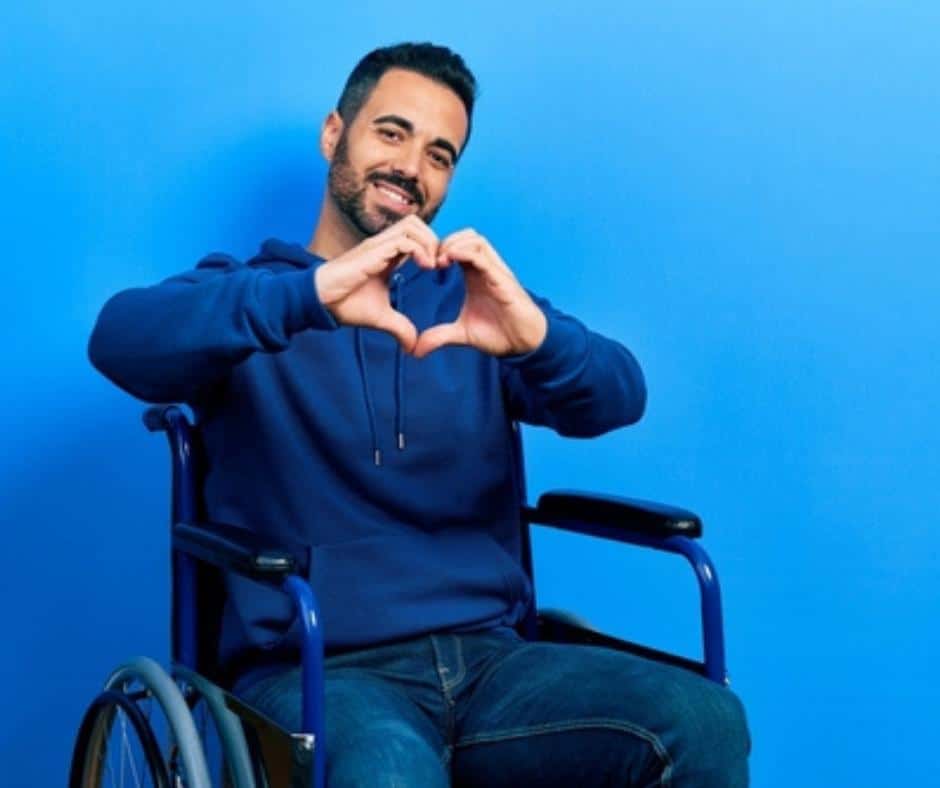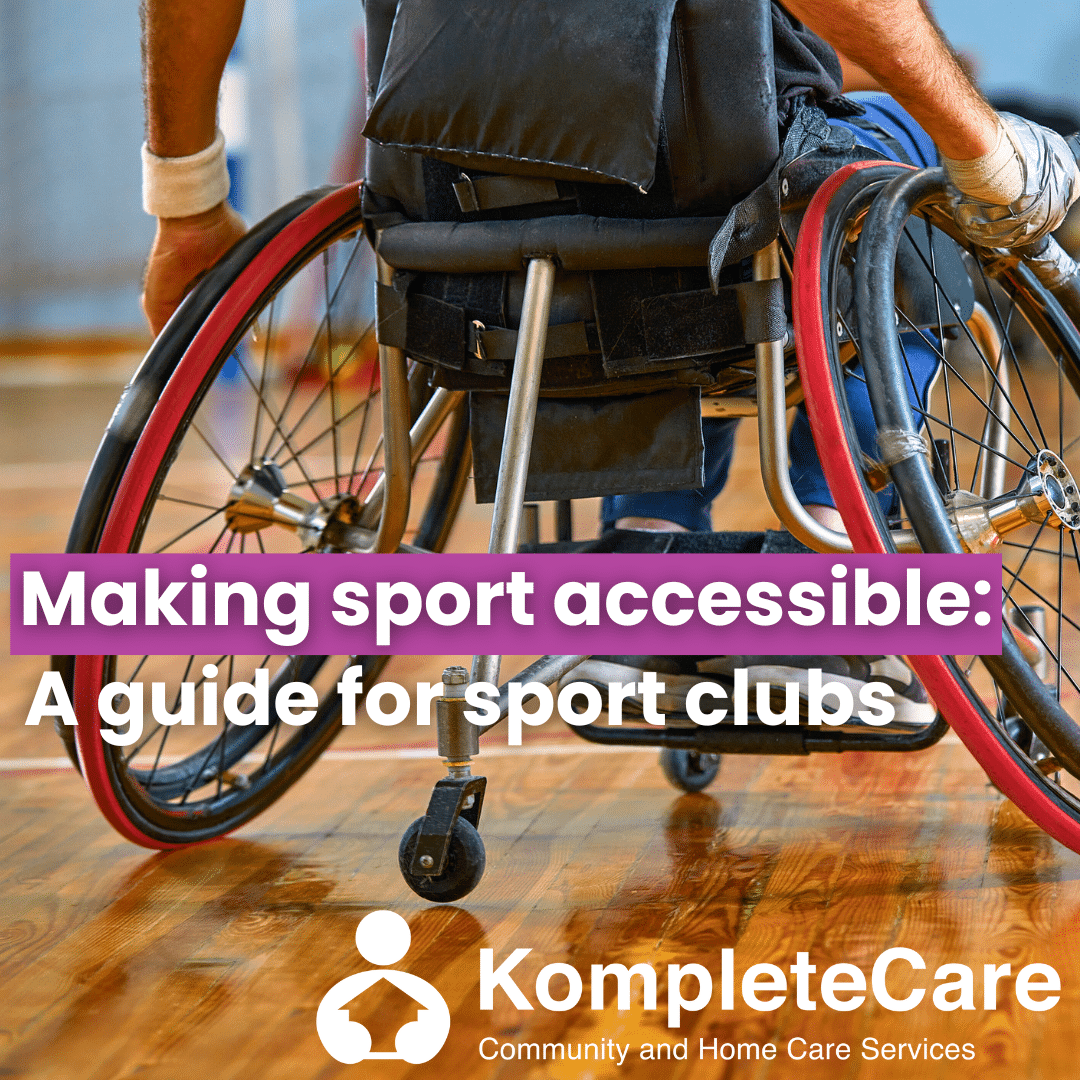Sport and recreation have long been recognised as tools for bringing communities together. Yet, for many Australians, particularly those living with disability, barriers to participation persist. From inaccessible facilities, limited awareness, and outdated practices, the road to inclusive sport is still under construction.
Building truly inclusive and accessible sporting environments is not about ticking a box, it is about changing culture. It is about recognising the rights of every person, regardless of their ability, to participate in all aspects of club life.
This guide outlines practical and meaningful strategies that sports clubs can adopt to ensure all members of the community feel welcomed, valued, and supported.
Customer contact: First impressions matter
The way your club engages with people sets the tone for their entire experience. Staff and volunteers should be trained to be disability confident and capable of creating respectful and positive interactions. Best practices include:
- Using person-first language (e.g., ‘person who uses a wheelchair’ instead of ‘wheelchair bound’)
- Addressing the person directly, not their support person or interpreter.
- Asking what supports or adjustments they need rather than assuming.
- Learning basic Auslan signs or keep tools for non-verbal communication (e.g., notepad, communication apps)
- Always being respectful around Assistance Animals. Avoid patting or distracting them.
- Keeping communication respectful, natural, and at eye level for wheelchair users.
- Speaking naturally and clearly; not overcompensating or changing your tone unnecessarily.
By embedding inclusive practices in everyday interactions, your club demonstrates respect, dignity, and openness to all.
Designing accessible physical spaces
Accessibility begins with the environment. A club’s physical layout should enable safe and independent access for people with diverse needs. Key considerations include:
- Accessible paths of travel: ramps, wide doorways, and low counters.
- Signage that is colour-contrasted and easy to interpret.
- Toilets that are accessible and inclusive of adult lift-and-change facilities where needed.
- A Hearing Loop System for people who are hard of hearing.
- Spaces designed with sensory sensitivities in mind: provide quiet zones, reduce ambient noise, and adjust lighting, as necessary.
- Clearly marked and accessible entry points for service animals (add water bowls to accommodate them).
Host open days or information sessions to highlight these features and make new members feel confident and informed.
Inclusive registration and program design
An inclusive registration process removes barriers and makes all members feel valued from the outset. What to implement:
- Forms in multiple formats: Easy English, Braille, digital screen-reader compatible.
- Form fields that include prompts (avoid using placeholder text alone).
- Trained volunteers or staff available to support with form filling and orientation.
- Use skill-level grouping rather than separating participants based on ability.
- Do not make assumptions about what someone can or cannot do. Instead, ask.
- Offer modified sport programs and recreational options that encourage social participation and fun.
- Promote accessible offerings clearly, especially if your club is a registered NDIS provider.
It is vital to remember that disclosure of a disability is personal. Participation should never depend on someone revealing this information.
Accessible marketing and promotion
Effective communication extends to how you promote your club and its programs. To reach and resonate with diverse communities:
- Design websites with accessibility in mind: use sans serif fonts, left-aligned text, minimum font size 12, and clear navigation.
- Provide content in multiple formats: Easy English documents, Auslan videos, audio versions, and Braille.
- Ensure all images include descriptive Alt Text for assistive technologies.
- Include descriptive link text (e.g., ‘Download Registration Form’ not ‘Click Here’).
- Avoid relying on text-only communication: use symbols, pictures, and clear formatting.
- Include an accessibility statement in your materials that reflect your values and available adjustments.
- Expand your outreach by connecting with advocacy organisations, cultural groups, and local councils.
Digital accessibility is just as crucial as physical access. If people cannot find or understand your offerings, they are effectively excluded.
Member retention: Creating value through inclusion
An inclusive club culture goes beyond recruitment. It ensures members feel valued and supported throughout their journey. To retain and support members:
- Check in regularly and ask whether further adjustments are needed.
- Celebrate inclusive values: recognise members who model inclusive behaviour.
- Seek and act on feedback, including from those leaving the club.
- Implement a complaints process that is accessible and fair, with trained staff who can respond empathetically.
- Make exiting easy and respectful. Thank members, ask for feedback, and keep the door open for return.
Inclusive organisations invest in people, not just participation numbers. When members feel heard and respected, they are more likely to stay.
Respectful language
Language shapes perception and experience. Inclusive language promotes dignity and respect. General guidelines include:
- Referring to a person’s disability only when relevant.
- Focusing on the person, not the disability.
- Avoiding outdated or offensive terms.
- Emphasise strengths and aspirations, not limitations.
- Always ask individuals or families what language they prefer.
Here is a quick comparison of outdated and inclusive terms:
| Outdated | Inclusive |
| Handicapped | Person with disability |
| Wheelchair bound | Person who uses a wheelchair |
| Mentally retarded | Person with intellectual disability |
| Crazy | Person with a mental illness |
| Midget | Short-statured person |
Language is a powerful tool for building inclusive communities, and unlearning old habits is an important part of progress.
The power of real support
Inclusive sport is about more than accessible buildings and policy checklists, it is about ensuring individuals feel seen, supported, and safe in their participation. Organisations like KompleteCare play a vital role in this by not only helping people attend the game but ensuring they feel a part of it. Through personalised, community-based supports, KompleteCare aims to empower individuals with disability to take part in sport on their own terms. It is this thoughtful, human-centred support that transforms inclusion from an idea into real-life belonging.
Inclusion is more than infrastructure; it is a mindset and an ongoing commitment to equity. Every interaction, decision, and touchpoint is an opportunity to affirm that every person is valued. Let your sports club be a beacon of belonging – a place where people of all abilities, backgrounds, and circumstances not only feel included, but truly belong.
If you are ready to get started, consider completing the Disability Sports Australia Accessibility Champion Course or connecting with local advocacy organisations for support in assessing your club’s inclusiveness.
At KompleteCare, we believe inclusive sport is essential to building stronger, healthier communities. We actively support our clients to participate in sporting activities and local events, providing tailored assistance to help them attend and engage. If you or a loved one could benefit from this kind of support, contact our friendly team today on (08) 8265 5696 or fill out an enquiry form via the website.

